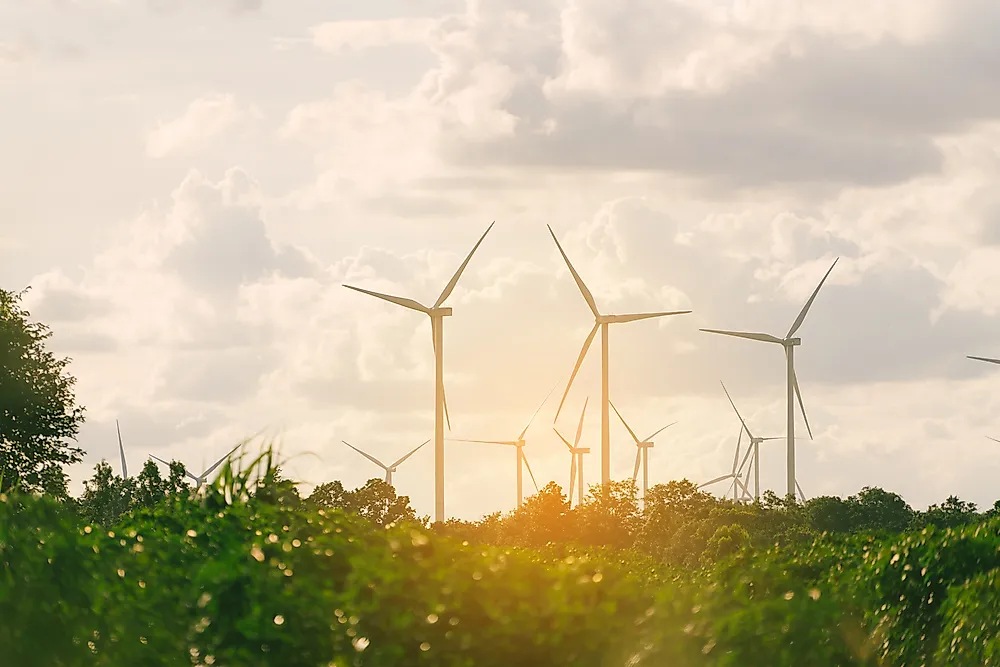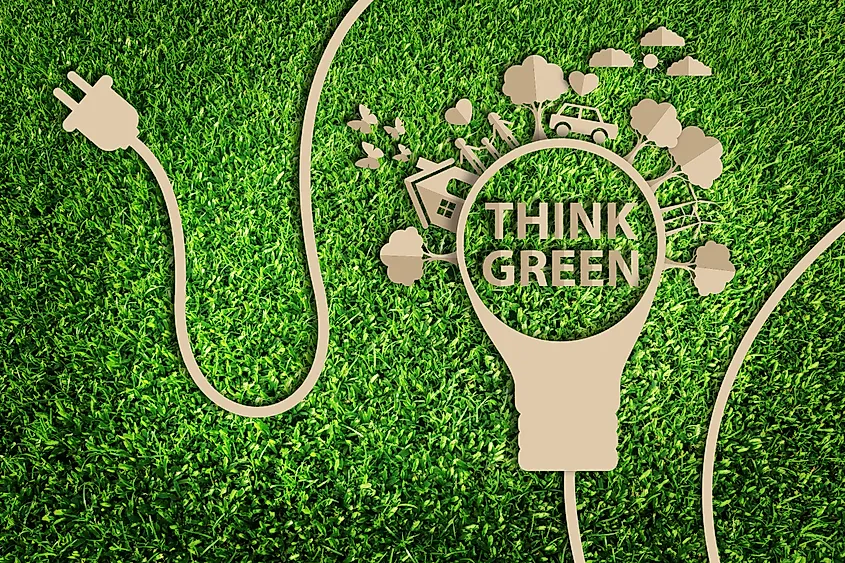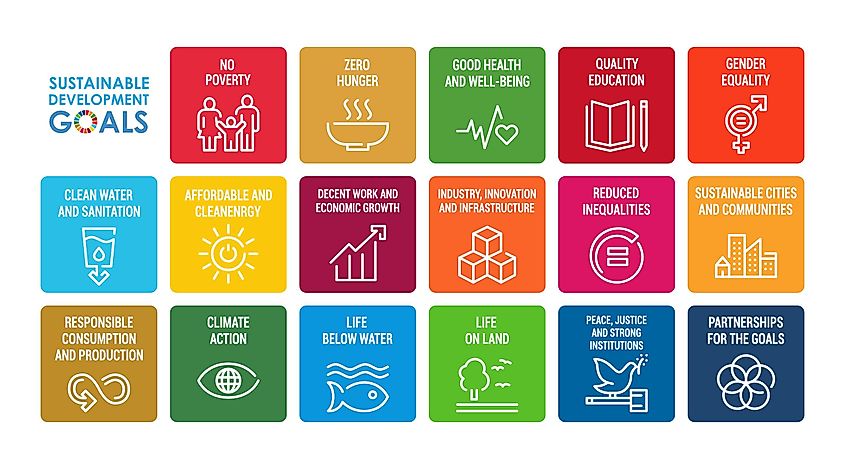What Is The Difference Between Green And Sustainable?

- "Green" and "sustainable" are terms that point to environmental awareness and preserving natural resources.
- "Green" is strictly concerned with the environmental health.
- "Sustainable" is concerned with environmental health, economic vitality, and social benefits.
The incorrect use of the terms "green" and "sustainable" synonymously and interchangeably, especially by environmentalists and marketers, has created a lot of confusion.
At the surface level, they can appear to mean the same thing: these terms both point to environmental awareness and responsibility. They also touch on preserving natural resources and saving the environment for future generations. However, green and sustainable do not mean the same thing. There are major differences in their meanings that make it incorrect to use the two terms interchangeably.
The major difference between green and sustainable stems from the scope and scale of policies and practices. Green operates on one "leg" and is a dimension of sustainability, which operates on three "legs." Here are basic guidelines that separate green from sustainable.
"Green" Is Concerned With The Environment

Green is no longer just a color, but also a term frequently used to refer to anything that benefits the environment, from fashion to architecture and movement. In recent years, environmentalists and activists have encouraged people to “go green” or “be green” as a means of preserving and responsible use of natural resources.
Green refers to any individual product or processes that promote environmental wellbeing. It also means to constantly monitor and improve upon how humans utilize natural resources to reduce the impact on environmental and human health. These natural resources are utilized in such a way that they can meet future needs without sacrificing the current needs.
Green is beyond recycling and reusing available resources. It also involves reducing the number or amount of resources one uses. For instance, always switching off the lights when leaving a room, repairing rather than replacing items, and fixing leaking faucets are ways to be green.
"Sustainable" Is Concerned With More Than Just The Environment

"Sustainable" or sustainability is much broader and more precisely defined than green. It involves a wide scope of activities that promote the future generations’ ability to meet their needs. While green focuses on the now and future, sustainability is more concerned with the future. It is the ability to meet the current needs without compromising on the future generation’s ability to meet their needs.
Sustainability is often referred to as a three-legged stool since it is concerned with three pillars, including environmental health, economic benefits, and social equity. Thus, sustainability includes green products and services, as well as eco-friendly activities. It means undertaking changes in social, economic, and environmental processes to achieve a balanced relationship between nature and humans.
An example of sustainable practices is creating green spaces in urban development to encourage wildlife to stay and provide needed outdoor recreation for humans. Other examples are sustainable agriculture such as crop rotation, sustainable forestry, and sustainable fishing practices.
Bottom Line
The major difference between green and sustainable is that "green" is only concerned with a single aspect, environmental health, while sustainability is concerned with the whole system, involving economic, social, and environmental benefits.
Although sustainability includes green, green does not automatically mean sustainable. There are some green products or processes that are not considered sustainable. For example, products manufactured from a renewable source are considered green. However, if the product's manufacturing and shipping processes require a lot more energy, or it cannot be disposed of properly, then the product and the entire process of making it available is not sustainable.











